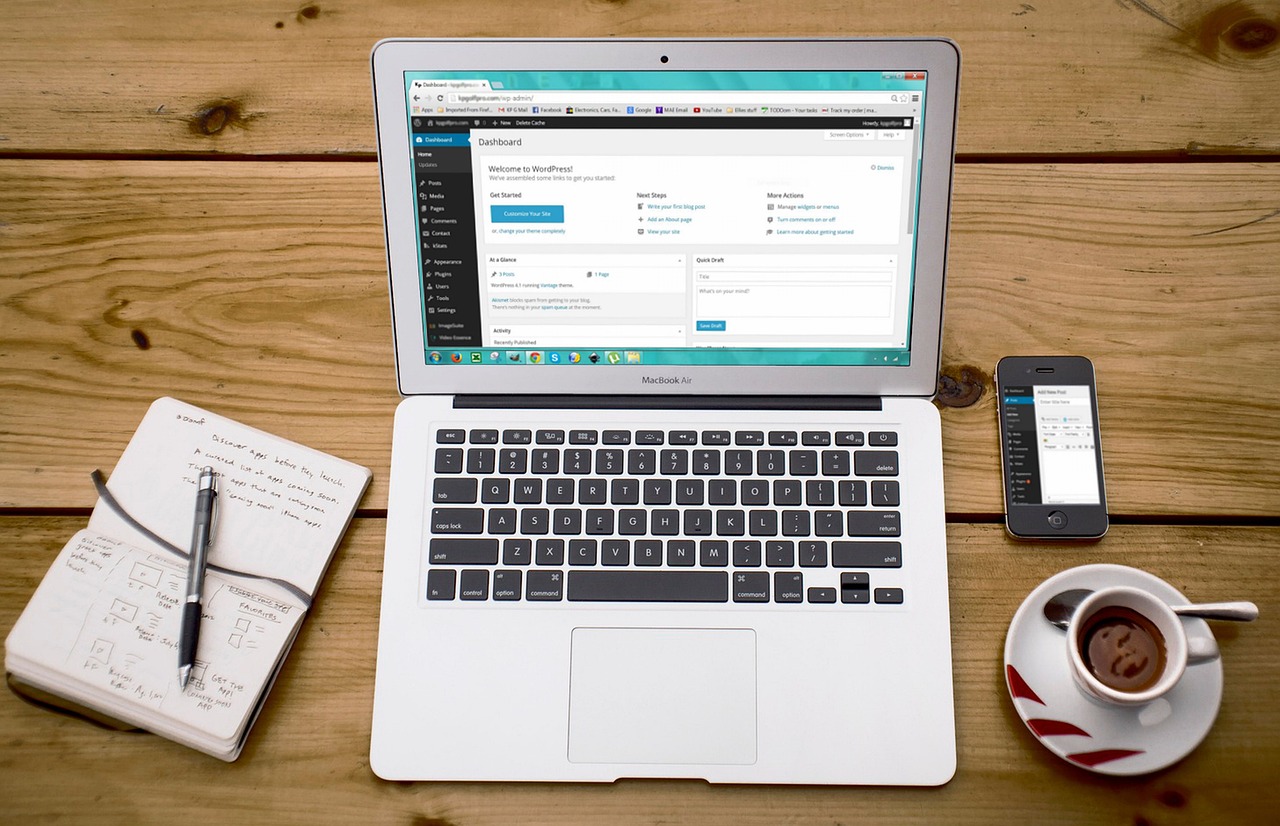*This article is an English translation of a Japanese article.
Introduction
Traditionally, achieving web accessibility has relied heavily on “supported” methods—techniques and tools designed to accommodate specific technologies or devices. Examples include screen reader compatibility and optimizing for keyboard navigation. While these supported approaches are essential, truly enhancing accessibility requires going beyond them. This article explores various methods that, in addition to technical support, improve user experience and accessibility for everyone.
1. Simplifying Content and Enhancing Readability
When considering accessibility, the simplicity of the content is a critical factor. Complex structures and overly lengthy sentences can burden not only users with visual or cognitive impairments but all users. To create content that is easy to access and understand, focus on the following points:
Improvement Points
- Use short, clear sentences
Avoid long, technical jargon and use straightforward expressions that are easy for anyone to understand. - Organize information with paragraphs and bullet points
Breaking up content visually allows users to grasp the information more quickly. - Use headings and titles to structure content
Clear headings guide users through the flow of information, making it easier to scan and find relevant sections.
Example
- Break long sentences into shorter ones or use bullet points for clarity.
- Example: “It is important to review the latest web accessibility guidelines.”
→ “Review the latest web accessibility guidelines.”
2. Effective Use of Color and Contrast
For users with visual impairments or color blindness, the ability to clearly see web content depends heavily on the design. It’s not just about using different colors but ensuring optimal contrast between them to make content more accessible.
Improvement Points
- Ensure high contrast
Make sure there’s a strong contrast between text and background colors, so the text is easy to read. The Web Content Accessibility Guidelines (WCAG) recommend a contrast ratio of at least 4.5:1 for standard text and 3:1 for large text. - Do not rely solely on color for information
Avoid conveying important information through color alone. Use icons, underlines, or bold text alongside color to ensure all users can interpret the content.
Example
- Instead of using color alone to indicate button states, add an icon or text.
- Display error messages in forms not only with red but also with bold text and an error icon.
3. Providing Alternatives to Audio and Visual Content
Supported technologies often address specific disabilities, but they don’t cover every possible scenario. Providing alternative means to access content beyond audio and visual channels is key to extending accessibility.
Improvement Points
- Provide captions or transcripts for video and audio content
Subtitles for videos and transcripts for audio ensure that users with hearing impairments or those in environments where sound cannot be played still have access to the information. - Include alt text for images
Alt text ensures that users relying on screen readers can receive a detailed description of the image, allowing them to fully understand the content.
Example
- Add captions to product demonstration videos, along with a text description.
- Even decorative images or banners should have concise and relevant alt text explaining their purpose.
4. Offering Customization Features for Users
Providing options for users to customize the website’s appearance or navigation according to their needs is another excellent way to improve accessibility. For users with visual impairments or mobility issues, the ability to personalize the site’s settings can lead to a significantly better experience.
Improvement Points
- Allow adjustments to font size and color scheme
Offering users control over font size, background color, and text color creates a more accessible environment, particularly for users with visual impairments or elderly users. - Provide keyboard shortcuts
Offer keyboard shortcuts for site navigation, enabling users to move through the site without a mouse, improving accessibility for users with mobility issues.
Example
- Place a font size adjustment tool at the top of the page for easy access.
- Provide clear keyboard shortcuts to navigate through the main menu or important functions.
5. Designing Accessible Navigation
How easily users can find the information they need is at the heart of web accessibility. Complicated, unclear menus or link structures can frustrate users, regardless of their abilities. Designing simple, consistent, and clear navigation ensures the site is user-friendly for everyone.
Improvement Points
- Maintain consistent menu structures
Use the same menu structure across the entire site so that users can easily find key content no matter what page they are on. - Use descriptive link text
Avoid vague phrases like “click here.” Instead, use text that clearly describes the content or action that the link leads to.
Example
- Always include standard pages like “Contact Us” and “About Us” in the main menu.
- Use clear link text like “View product details” instead of generic text like “Click here.”
Conclusion
Improving web accessibility requires not only supported technologies but also a variety of approaches such as simplifying content, offering customization options, and optimizing color and contrast. These practices ensure a more inclusive digital environment where all users can easily navigate and interact with the content.
New Approaches to Supporting Accessibility:
- Simplifying and clarifying content
- Enhancing color contrast and readability
- Providing alternatives to visual and audio content
- Offering customization options for user preferences
- Designing clear and consistent navigation
By incorporating these strategies, you can ensure that your website offers a comprehensive, accessible experience for all users.
We have released the UUU Web Accessibility Widget Tool, designed to make web accessibility easy to implement. This tool helps improve the accessibility of websites quickly and efficiently, even without specialized knowledge.
If you’re interested in enhancing your website’s accessibility, please check out the details. We are here to support you in making your website more user-friendly and accessible to a wider audience.
